当前位置:网站首页>2022-5-第四周日报
2022-5-第四周日报
2022-07-05 06:18:00 【mentalps】
0 2022/5/23
1 Provably Secure Federated Learning against Malicious Clients代码复现
1.1 aggregator.py
import numpy as np
class FedAvg:
def __init__(self, global_model, different_client_values, client_count):
global_weights = np.array(global_model.getWeights())
for i in range(len(different_client_values)):
global_weights -= different_client_values[i] / client_count
global_model.setWeights(global_weights)
1.2 model.py
from tensorflow.keras import Sequential
from tensorflow.keras.layers import Dense, Dropout, Activation,Flatten
from keras.models import model_from_json
import tensorflow as tf
class Model:
def __init__(self):
self.model = Sequential()
self.model.add(Flatten())
self.model.add(Dense(128, activation='relu'))
self.model.add(Dense(10, activation='softmax'))
self.model.compile(optimizer='adam',
loss=tf.keras.losses.SparseCategoricalCrossentropy(from_logits=True),
metrics=['accuracy'])
def saveModel(self, name):
model_json = self.model.to_json()
with open("model/model_%s.json" % name, "w") as json_file:
json_file.write(model_json)
# serialize weights to HDF5
self.model.save_weights("model/model_%s.h5" % name)
print("Saved model to disk")
def loadModel(self, name):
json_file = open('model/model_%s.json' % name, 'r')
loaded_model_json = json_file.read()
json_file.close()
loaded_model = model_from_json(loaded_model_json)
# load weights into new model
loaded_model.load_weights("model/model_%s.h5" % name)
print("Loaded model from disk")
loaded_model.compile(optimizer='adam', loss=tf.keras.losses.SparseCategoricalCrossentropy(from_logits=True), metrics=['accuracy'])
return loaded_model
def run(self, X, Y, load=True):
if (load):
self.model = self.loadModel('sever_model')
self.model.fit(X, Y, epochs=2)
def evaluate(self, X, Y, verbose=2):
return self.model.evaluate(X, Y, verbose=verbose)
def loss(self, X, Y):
return self.model.evaluate(X, Y)[0]
def predict(self, X):
return self.model.predict(X)
def getWeights(self):
return self.model.get_weights()
def setWeights(self, weight):
self.model.set_weights(weight)
1.3 data.py
from tensorflow.python.keras.datasets import cifar10, mnist, fashion_mnist
import numpy as np
def Mnist_data():
(x_train, y_train), (x_test, y_test) = mnist.load_data()
x_train = x_train.reshape(-1, 28 * 28) / 255
x_test = x_test.reshape(-1, 28 * 28) / 255
return x_train, y_train, x_test, y_test
def generate_client_data(num_clients=10):
(x_train, y_train), (x_test, y_test) = mnist.load_data()
x_train = x_train.reshape(-1, 28 * 28) / 255
x_test = x_test.reshape(-1, 28 * 28) / 255
data = list(zip(x_train, y_train))
size = len(data) // num_clients
shards = [data[i:i+size] for i in range(0, size * num_clients, size)]
return data, shards, x_test, y_test
def generate_malice_data(data):
x, y = zip(*data)
x = np.array(x)
y = np.array(y)
for i in range(len(y)):
if y[i] == 1:
y[i] = 2
return list(zip(x, y))
#
# if __name__ == '__main__':
# data, shards, x_test, y_test = generate_client_data(4)
# x_1, y_1 = zip(*shards[0])
#
# print(type(x_test))
1.4 main.py
import numpy as np
import data
import model
import aggregator
ClientNum = 5
EPOCH = 5
if __name__ == '__main__':
data1, shards, x_test, y_test = data.generate_client_data(ClientNum)
model_client = []
for i in range(ClientNum):
model_client.append(model.Model())
global_model = model.Model()
shards[0] = data.generate_malice_data(shards[0])
shards[1] = data.generate_malice_data(shards[1])
x_all = []
y_all = []
for i in range(ClientNum):
xx, yy = zip(*shards[i])
xx = np.array(xx)
yy = np.array(yy)
x_all.append(xx)
y_all.append(yy)
a_0 = np.argmax(global_model.predict(x_all[0][0:784]))
global_model.saveModel('sever_model')
for i in range(ClientNum):
np.argmax(model_client[i].predict(x_all[0][0:784]))
for i in range(EPOCH):
client_difference_value = []
for j in range(ClientNum):
model_client[j].setWeights(global_model.getWeights())
for j in range(ClientNum):
model_client[j].run(x_all[j], y_all[j])
for j in range(ClientNum):
client_difference_value.append(np.array(global_model.getWeights()) - np.array(model_client[j].getWeights()))
fedavg = aggregator.FedAvg(global_model, client_difference_value, 3)
global_model.saveModel('sever_model')
x = []
y = []
for i in range(len(x_test)):
if y_test[i] == 1:
x.append(x_test[i])
y.append(y_test[i])
test_loss, test_acc = global_model.evaluate(x_test, y_test, verbose=2)
print('\nTest accuracy:', test_acc)
0 2022/5/24
1 组会讨论
1.1 Provably Secure Federated Learning against Malicious Clients
- 加入了集成学习;
- 1000个客户端,20个被攻击;
- 从1000个客户端随机选择5个进行聚合,选择10次,就有10个这样的聚合模型;
- 预测:一个未知样本被这10个模型分别打标签,根据投票决定该样本的标签;
- 给每个预测样本一个安全等级;
- 通过变化被攻击客户端的数量,然后对同样的样本进行预测,得到样本被预测为不同标签值的概率,使得标签值反转的被攻击客户端的临界数量作为该样本的安全等级。
1.2 我们的想法
- 对100个客户端进行聚类,聚类个数作为超参数,假设聚了10类;
- 每一类有不同个数的客户端,客户端个数作为后面集成模型的权重;
- 10类训练出10个聚合模型;
- 每个虚拟中心都与上一次更新进行对比,如果超过某个阈值,则仍为这些客户端受到了攻击,将其抛弃。
- 预测一个未知样本的标签 = 权重 * 每个良性的聚合模型的预测结果。
0 2022/5/25
1 想法改进
1.计算所有客户端更新之间相似性,将相似性高于一定阈值的客户端聚合成一个模型;
2.每个模型包含的客户端个数作为后面集合时的权重;
3.同时取该模型更新中的中位数;
4.之后每一轮的聚合之前,都将更新与上一轮的更新中位数做比较,超过阈值则抛弃;
5.预测一个未知样本的标签 = 权重 * 每个聚合模型的预测结果。
2 对比方案
- Krum
- Trimmed mean
- Median
0 2022/5/26
1 krum
算法步骤:
- 服务器s把全局模型的参数 W W W分发给所有客户端;
- 每个客户端 c i c_{i} ci利用本地数据训练模型得到梯度 d i d_{i} di,然后发送给服务器;
- 服务器收到客户端的梯度后,两两计算梯度之间的距离 d i , j d_{i,j} di,j;
- 对于每个梯度 g i g_{i} gi,选择与他最近的 n − f − 1 n-f-1 n−f−1个距离,将其累加得到该梯度 d i d_{i} di的得分;
- 计算所有的梯度得分后,求出得分最小的梯度 g i ∗ g_{i^{*}} gi∗;
- 更新 W = W − l r ⋅ g i ∗ W=W-lr\sdot g_{i^{*}} W=W−lr⋅gi∗;
- 重复1-6,直到模型收敛。
2 Trimmed mean
算法步骤:
- 服务器s把全局模型的参数 W W W分发给所有客户端;
- 每个客户端 c i c_{i} ci利用本地数据训练模型得到梯度 W i W_{i} Wi,然后发送给服务器;
- 服务器收到客户端的参数后,开始聚合;
w j ′ = m β ( w j 1 , w j 2 , . . . , w j n ) . w_{j}^{'}=m_{\beta}(w_{j}^{1},w_{j}^{2},...,w_{j}^{n}). wj′=mβ(wj1,wj2,...,wjn). - 聚合后的权重为 W ′ = ( w 1 ′ , w 2 ′ , . . . , w p ′ ) W^{'}=(w_{1}^{'},w_{2}^{'},...,w_{p}^{'}) W′=(w1′,w2′,...,wp′),服务器把新的参数发送给客户端;
- 重复1-4,直到模型收敛。
3 Median
算法步骤:
- 服务器s把全局模型的参数 W W W分发给所有客户端;
- 每个客户端 c i c_{i} ci利用本地数据训练模型得到梯度 W i W_{i} Wi,然后发送给服务器;
- 服务器收到客户端的参数后,开始聚合;
w j ′ = m e d ( w j 1 , w j 2 , . . . , w j n ) . w_{j}^{'}=med(w_{j}^{1},w_{j}^{2},...,w_{j}^{n}). wj′=med(wj1,wj2,...,wjn).
m e d med med表示取中位数。 - 聚合后的权重为 W ′ = ( w 1 ′ , w 2 ′ , . . . , w p ′ ) W^{'}=(w_{1}^{'},w_{2}^{'},...,w_{p}^{'}) W′=(w1′,w2′,...,wp′),服务器把新的参数发送给客户端;
- 重复1-4,直到模型收敛。
边栏推荐
- 1039 Course List for Student
- Leetcode recursion
- Leetcode stack related
- Leetcode-6109: number of people who know secrets
- [rust notes] 17 concurrent (Part 2)
- Series of how MySQL works (VIII) 14 figures explain the atomicity of MySQL transactions and the principle of undo logging
- Nested method, calculation attribute is not applicable, use methods
- Is it impossible for lamda to wake up?
- MySQL advanced part 1: index
- What's wrong with this paragraph that doesn't work? (unresolved)
猜你喜欢
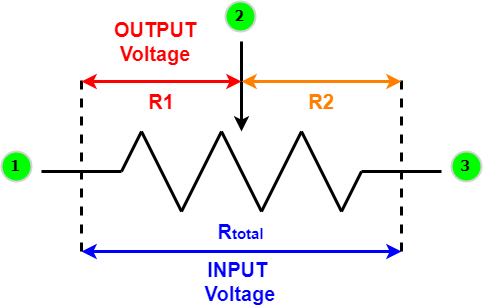
可变电阻器概述——结构、工作和不同应用
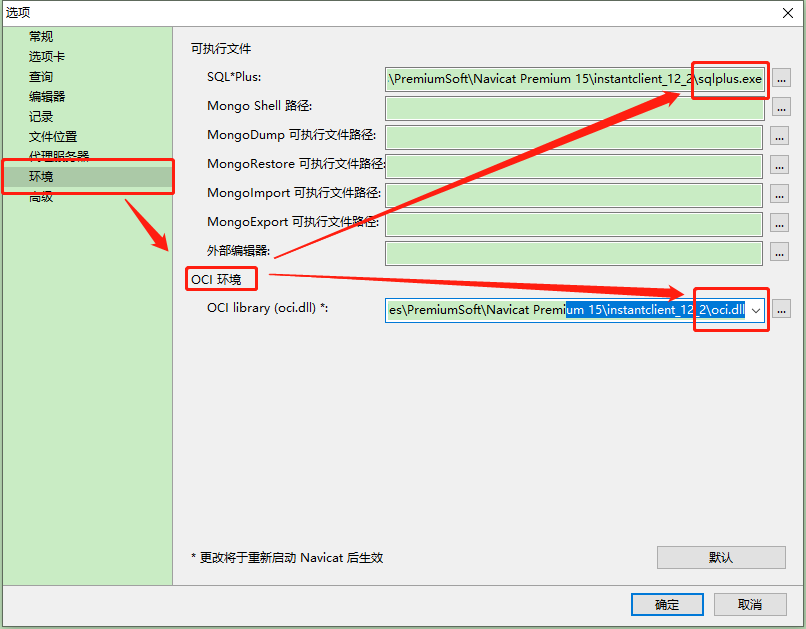
Erreur de connexion Navicat à la base de données Oracle Ora - 28547 ou Ora - 03135

博弈论 AcWing 893. 集合-Nim游戏

Doing SQL performance optimization is really eye-catching
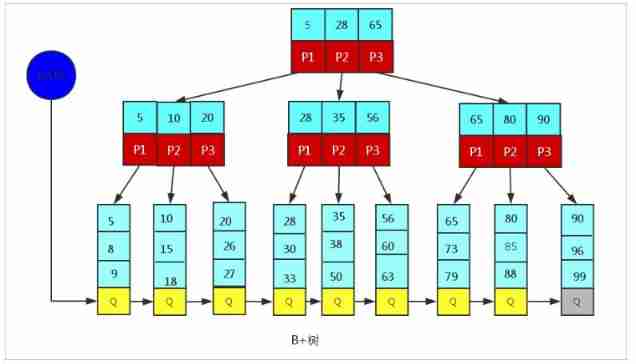
MySQL advanced part 1: index

阿里巴巴成立企业数智服务公司“瓴羊”,聚焦企业数字化增长
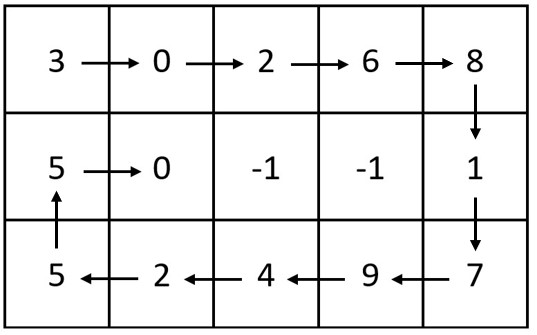
Leetcode-6111: spiral matrix IV
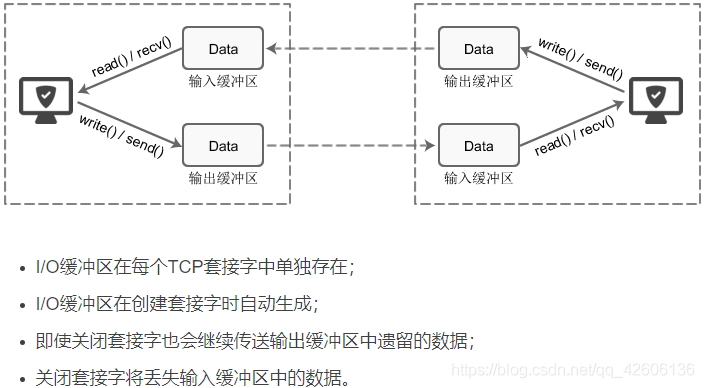
什么是套接字?Socket基本介绍

Error ora-28547 or ora-03135 when Navicat connects to Oracle Database
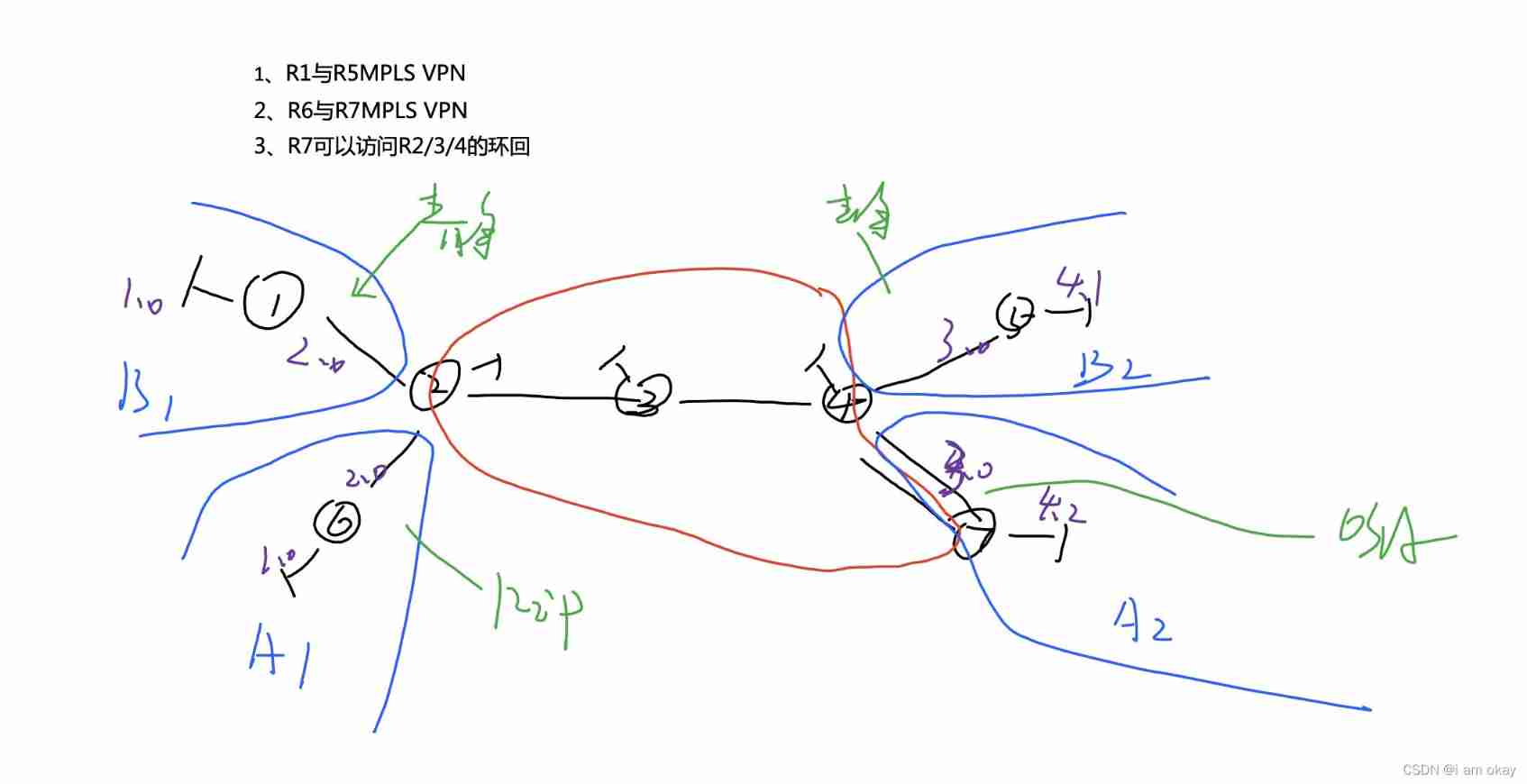
MPLS experiment
随机推荐
JS quickly converts JSON data into URL parameters
New title of module a of "PanYun Cup" secondary vocational network security skills competition
Traditional databases are gradually "difficult to adapt", and cloud native databases stand out
MySQL advanced part 2: SQL optimization
中国剩余定理 AcWing 204. 表达整数的奇怪方式
Règlement sur la sécurité des réseaux dans les écoles professionnelles secondaires du concours de compétences des écoles professionnelles de la province de Guizhou en 2022
Day 2 document
求组合数 AcWing 888. 求组合数 IV
Single chip computer engineering experience - layered idea
Leetcode-6108: decrypt messages
MPLS experiment
高斯消元 AcWing 884. 高斯消元解异或线性方程组
传统数据库逐渐“难适应”,云原生数据库脱颖而出
Introduction to LVS [unfinished (semi-finished products)]
[2021]IBRNet: Learning Multi-View Image-Based Rendering Qianqian
Appium automation test foundation - Summary of appium test environment construction
Navicat連接Oracle數據庫報錯ORA-28547或ORA-03135
可变电阻器概述——结构、工作和不同应用
Filter the numbers and pick out even numbers from several numbers
MIT-6874-Deep Learning in the Life Sciences Week 7